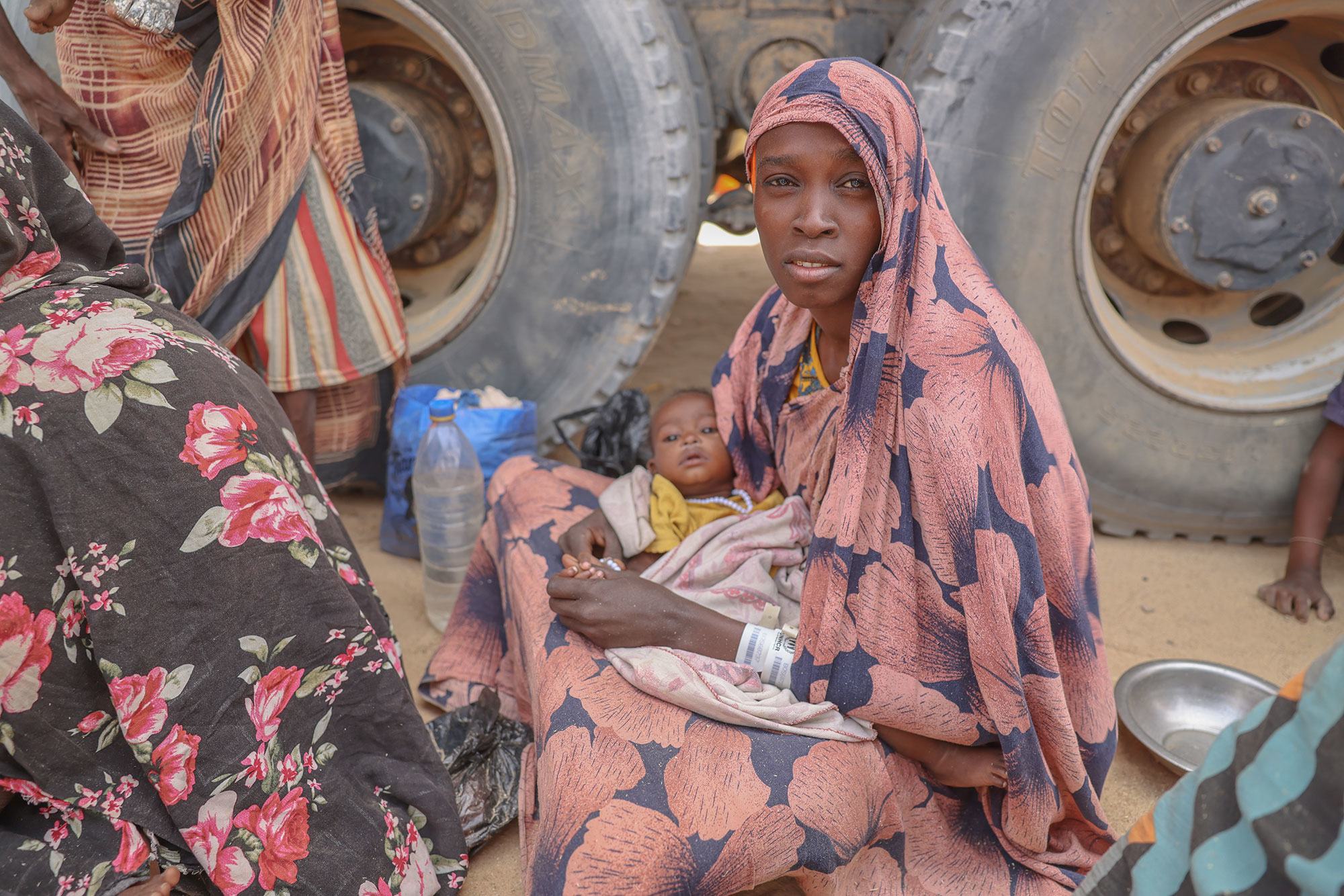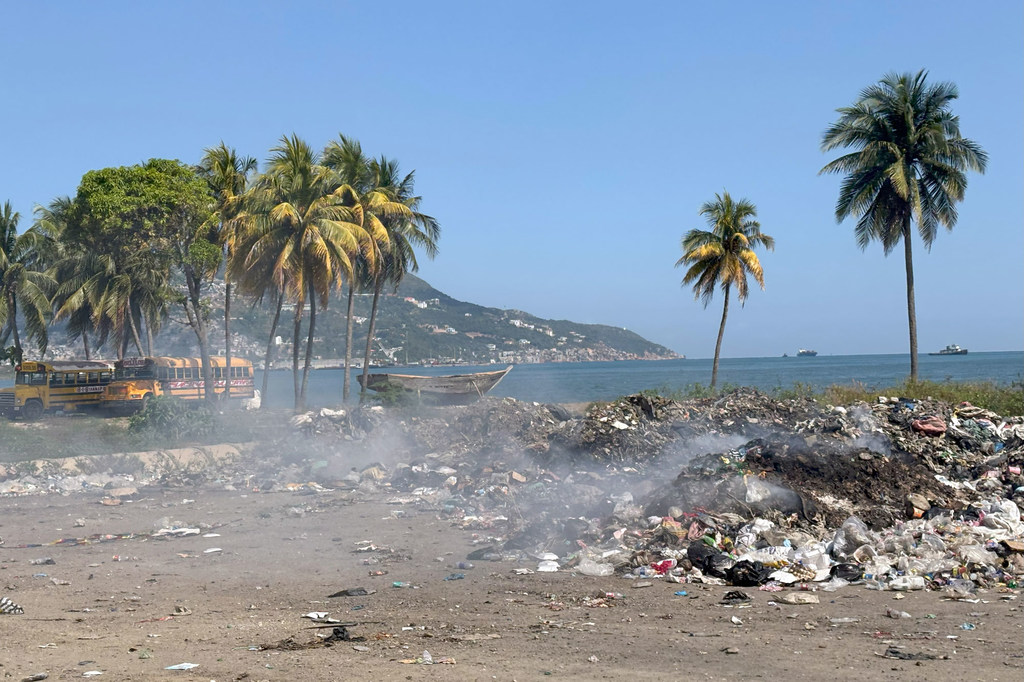
Alcoholic drinks, especially beer and spirits, may raise the risk of pancreatic cancer, a new UN study has found.
The research, led by the UN World Health Organization’s centre for cancer research, pooled data from nearly 2.5 million people across Asia, Australia, Europe, and North America.
It revealed a “modest but significant” association between alcohol consumption and the risk of developing pancreatic cancer, regardless of sex or smoking status.
“Alcohol consumption is a known carcinogen, but until now, the evidence linking it specifically to pancreatic cancer has been considered inconclusive,” said Pietro Ferrari, senior author of the study at the international cancer research agency and Head of Nutrition and Metabolism Branch at the WHO International Agency for Research on Cancer (IARC).
The pancreas is a vital organ that produces enzymes for digestion and hormones that regulate blood sugar. Pancreatic cancer is among the most lethal cancers, largely due to late diagnosis.
All drinkers are at risk
The IARC study found that each additional 10 grams of alcohol consumed per day was associated with a 3 per cent increase in pancreatic cancer risk.
For women consuming 15 to 30 grams of alcohol daily – about one to two drinks – the risk rose by 12 per cent compared to light drinkers. Among men, those who drank 30 to 60 grams daily faced a 15 per cent increased risk, while men drinking more than 60 grams daily saw a 36 per cent higher risk.
“Alcohol is often consumed in combination with tobacco, which has led to questions about whether smoking might confound the relationship,” Mr. Ferrari said.
“However, our analysis showed that the association between alcohol and pancreatic cancer risk holds even for non-smokers, indicating that alcohol itself is an independent risk factor.”
Further research is needed, he added, to better understand the impact of lifetime alcohol consumption, including patterns such as binge drinking and early-life exposure.
A growing global challenge
Pancreatic cancer is the twelfth most common cancer globally, but it accounts for 5 per cent of cancer-related deaths due to its high fatality rate.
In 2022, incidence and mortality rates were up to five times higher in Europe, North America, Australia and New Zealand, and Eastern Asia than in other regions.







